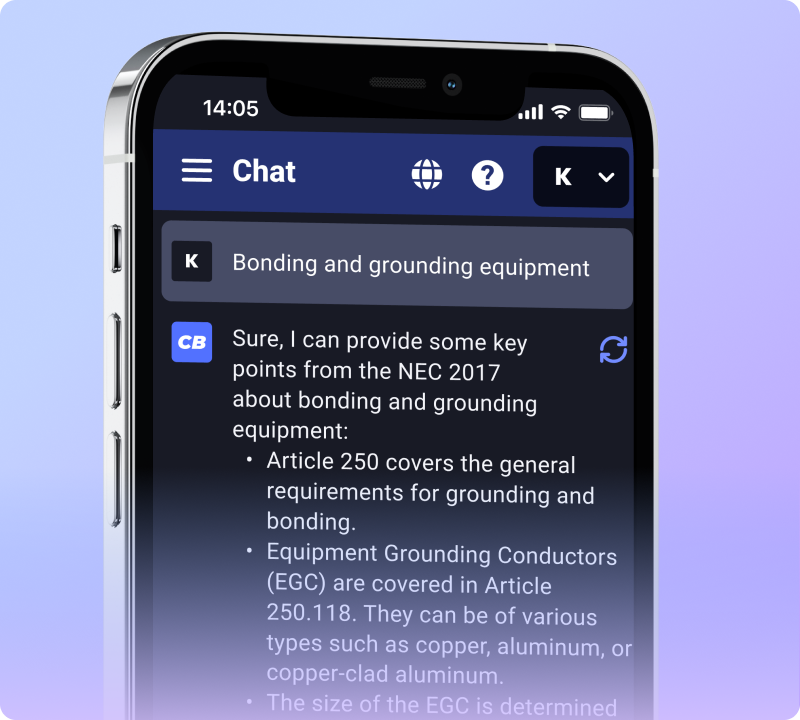Mixing water and electricity in close proximity can raise safety concerns. Let’s examine the considerations and code requirements for running water and electrical lines in the same wall bay.
NEC and Plumbing Code Considerations
Code Compliance: The National Electrical Code (NEC) and local plumbing codes provide specific guidelines for installing water and electrical lines to ensure safety.
Physical Separation: While codes may vary, a common requirement is maintaining a physical separation between electrical and water lines to prevent any potential hazards.
Preventing Moisture Intrusion: Special attention must be given to prevent moisture from reaching electrical conduits, as this could lead to corrosion, short circuits, and other hazards.
Best Practices for Safe Installations
- Use Conduits and Insulation: Where codes allow co-location, using insulated electrical conduits and water pipes can reduce the risk of electrical hazards.
- Avoid Parallel Runs: Running water and electrical lines perpendicular to each other, rather than parallel, can minimize risks.
- Consult with Professionals: Always work with licensed electricians and plumbers to ensure that installations meet all safety standards.
Code Buddy: A Helpful Assistant
For specific questions about code compliance and safe practices, consider using Code Buddy. This AI tool can provide:
- Guidance on NEC Requirements: Quick references to NEC standards related to electrical and plumbing installations.
- Best Practice Suggestions: Tips on how to safely approach complex installation scenarios.
Conclusion
Running water and electrical lines in the same wall bay requires careful consideration of safety and code compliance. While there may be situations where it’s permissible, it’s crucial to follow best practices and consult with professionals.


